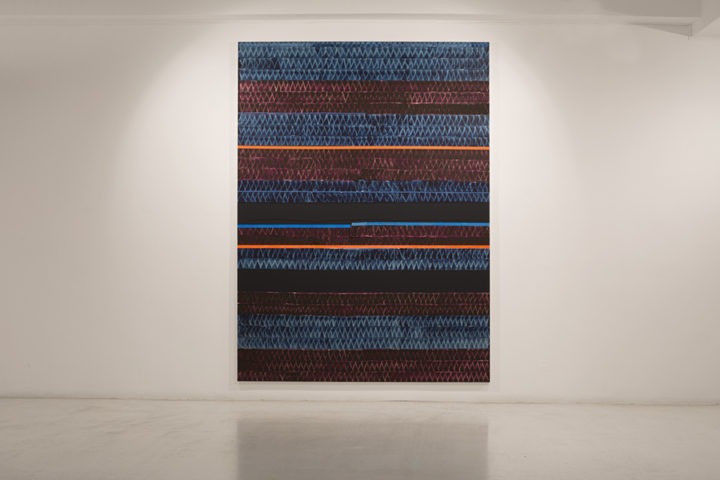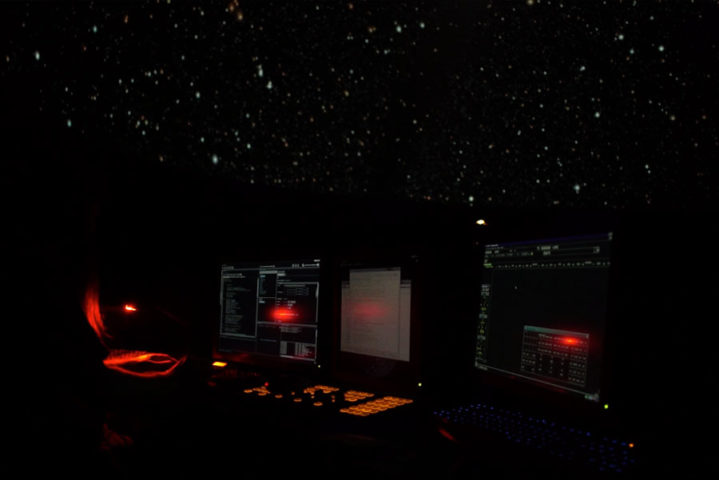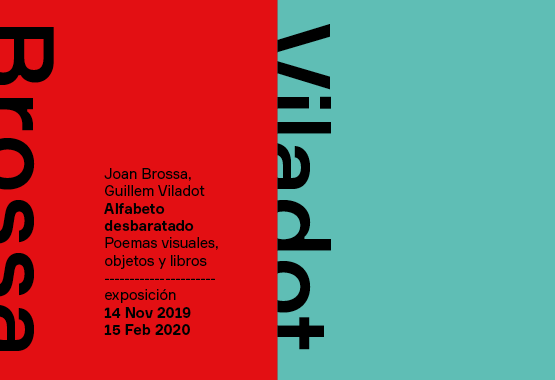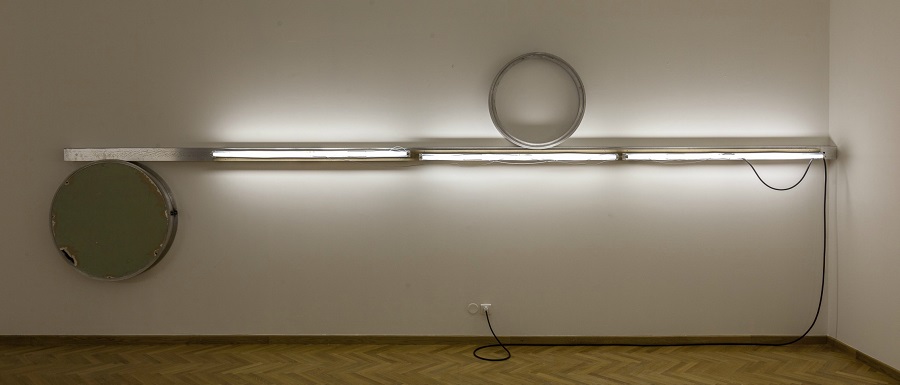A ROVING GAZE (UM OLHAR INQUIETO)
Pedro Cabrita Reis
Opening 19.11, 22h
20.11.2019 – 22.03.2020
FUNDAÇÃO DE SERRALVES, Porto, Portugal
Specifically conceived for the Museum’s spaces, a single, large-scale work with a very clear autobiographic quality will reflect the ever-present relationship between Cabrita Reis’s artistic practice and his reflection on the role of museums. Far from any chronological concern, A ROVING GAZE includes photographs of a large selection of Cabrita Reis’s works from 1999 to the present, displayed on structures created by the artist, along with a series of objects, drawings, documents and other works, the whole generating a total installation environment in which the artist’s life and work intersect.





